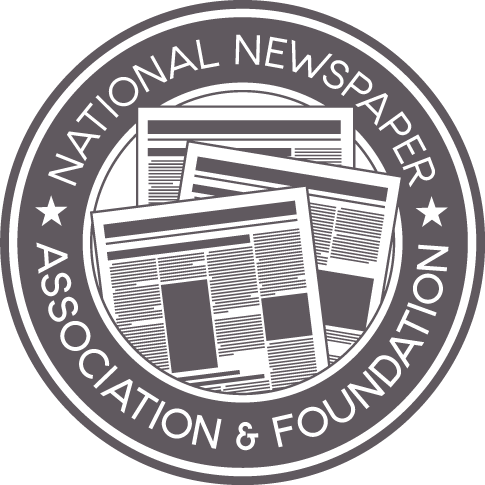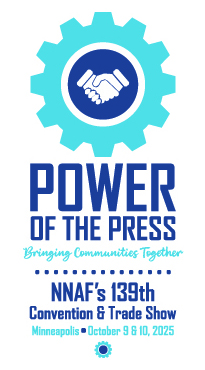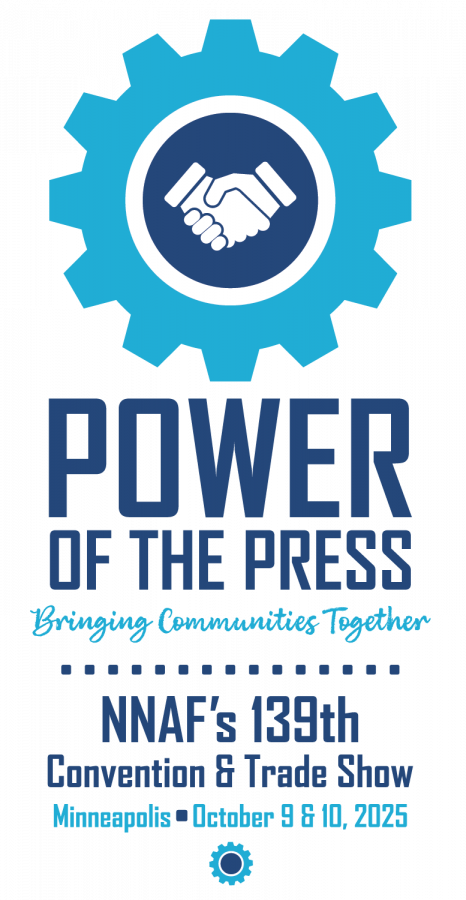Covering your community during crisis
Teri Saylor
Special to Publishers' Auxiliary
Oct 30, 2020

In March, when the COVID-19 pandemic caused a universal shutdown, cities and towns in metro centers, prairielands, mountains, coastal plains and in nooks and crannies across the nation found themselves in a state of suspended animation.
Many newspaper publishers and editors dug deep, and using their innate ingenuity, creativity and in many cases sheer luck, found ways to stay afloat, even when it came down to asking their communities for donations.
At the NNA Annual Convention, a roundtable discussion titled “Covering Your Community During Crisis,” might as well have been called “Loving Your Community During Crisis,” because that’s what it boiled down to for the two dozen publishers who participated.
“We are in a town of 4,500, and basically, what I tried to do was not panic,” Mary Huber, co-owner of the Archbold (Ohio) Buckeye, said.
The Buckeye never closed, and with a lobby large enough for social distancing, customers were able to drop in to pay for ads and subscriptions and buy newspapers on site. At its lowest point, the weekly newspaper, which normally publishes 16-20 pages, dropped down to six pages. Huber still could not cover the cost.
“I just tried to watch expenses as much as I could, and as soon as we could apply for a PPP loan, we did so, and that pretty much saved us,” she said. “For us, it was a matter of survival, to do what we could, to not spend any more than we had to, just to get through the crisis.”
She told the group a reader walked through the front door one day and handed her a check for $1,000 because he knew the newspaper was struggling.
The Buckeye is neither the first nor only newspaper that graciously accepts donations. NNA Past President Andrew Johnson, former owner of the Dodge County Pionier in Mayville, Wisconsin, reported that the Wisconsin Newspaper Foundation has created a fund to accept tax–deductible donations on behalf of its member newspapers to help them through the crisis.
The staff at the Douglas (Wyoming) Budget and Glenrock Independent learned valuable lessons about giving back.
“It all comes down to us caring for our communities because we love what we do,” said Editor Cinthia Stimson. “We try to give back through our articles, and in ways that lift people up during times of crisis. I find a lot of motivation in that. And tenacity. We don’t give up.”
Here are a few ideas the roundtable generated.
Mary Huber, Archbold Buckeye (1,500 circulation weekly): When the pandemic and quarantines first started, all the news was all bad. To lighten the mood of our community, we created a “Smile Page.” We asked people to submit pictures of their pets, which we published along with their names and the names of their owners. We published it every week for two months, and people loved it. We sold extra copies of the newspaper and extra digital editions. The extra work was worth it to make people smile again.
Robert M. Williams Jr., NNA past president, retired publisher and NNA director of creative resources: Williams reported on an idea he received from Julie Maglio with the Hernando Sun in Spring Hill, Florida, who honored businesses that give a tremendous amount to the newspaper through their advertising support as Community Pillars. Community Pillars are named once per quarter, and a number of factors are taken into account, such as advertising consistency and community involvement. Community Pillar benefits include: weekly “thank you” messages in the print issue; one front page top banner “thank you” in the print issue during the quarter or equivalent, a Community Pillars “thank you” on the website home page, a Community Pillars listing in our business directory, recognition on the banner we display at events and a feature article publication in print and online or half page–advertisement.
Martha Diaz–Aszkenazy, publisher of the San Fernando (California) Valley Sun (10,000 circulation free weekly): The staff went on a “begging tour,” she said. We went to our largest advertisers and asked for their help. We also arranged to start receiving RFPs for government advertising, and we were super lucky that they were able to win some bids. We are not out of the woods, and I am worried about next year. We have been successful with receiving PPP loans and grants from Facebook and Google.
Scottie Draper, news manager, director of advertising, ETV News, Price, Utah (13,500 circulation TMC): Our area never completely shut down, but our businesses weren’t advertising, so we looked for other ways to help them. We learned we could help them improve their websites and social media. One of our biggest contracts was with an RV dealership that stayed open during the pandemic, but their online website wasn’t up to par. They needed someone to take good photos of their RVs. Obviously, since we already have camera equipment, we didn’t have any investment, except for paying our photographer to go out there, take pictures and upload them onto their website. This work doesn’t translate to our print product, but it does provide a revenue stream without a lot of cost, and it gives my employees a way to stay employed and busy. The company charged clients by the hour.
Cinthia Stimson, editor, Douglas (Wyoming) Budget (circulation 4,100)/Glenrock Independent (circulation 1,400): Creatively, the pandemic has been a challenge because all the events dropped off. It challenged us because all the regular activities we have come to count on for community features were suddenly gone, and we had to find different things to report on and dig deeper. Our advertising also has dropped off quite a bit. For about three months, we put out the Douglas Budget and Glenrock Independent as one newspaper, but thanks to support from our community, we are able to publish them separately again. Our city government advertised anything and everything they could advertise to support our newspapers. Also, our newspapers partnered with radio stations to get business information out to our audiences as a community service.
Teri Saylor can be contacted at terisaylor@hotmail.com.









